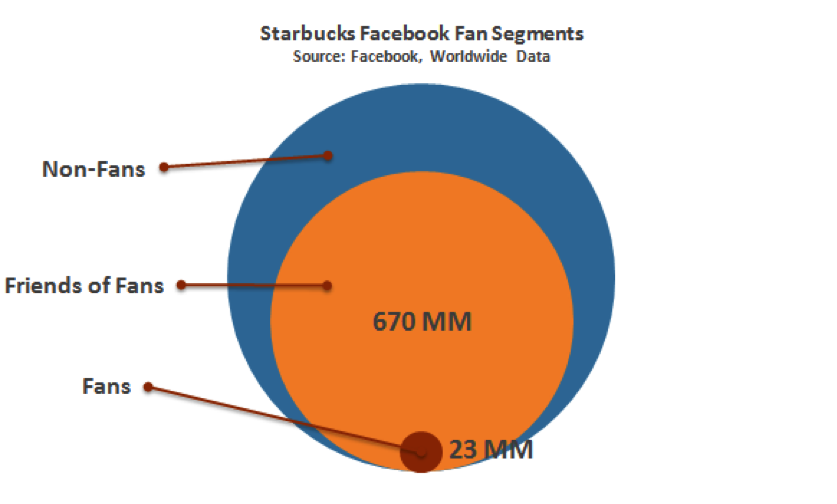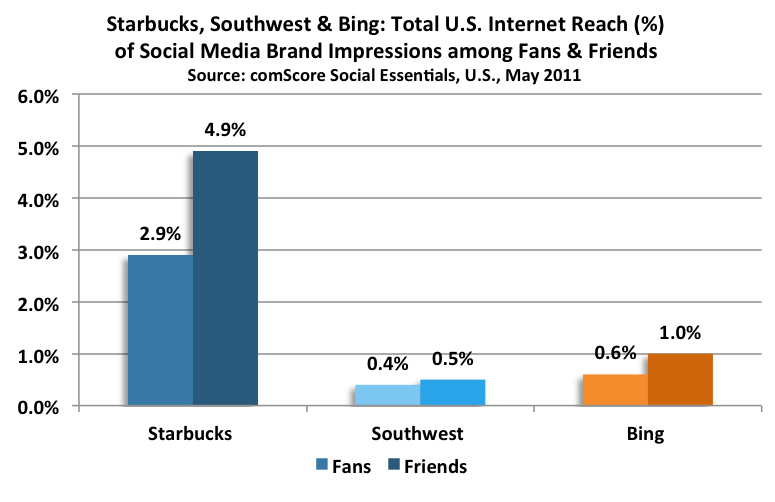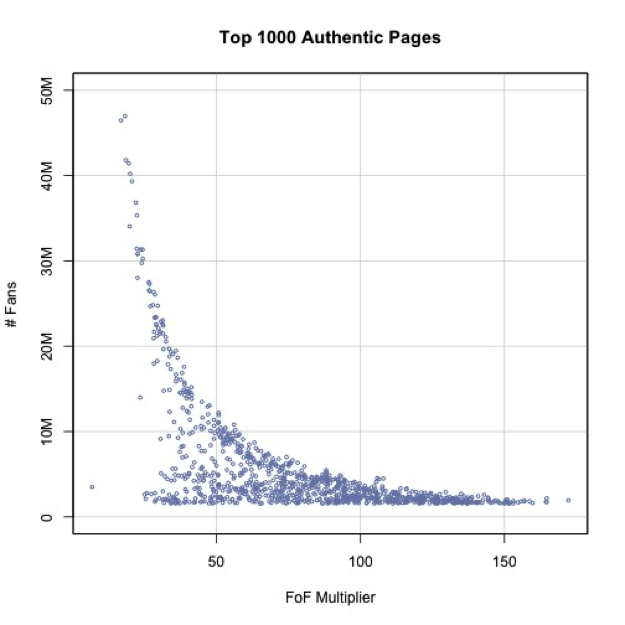Facebook and ComScore have teamed up for a new service, Social Essentials. It offers unprecedented insights into the influence of brands on social media, complete with detailed credit card behavior, and findings suggest it’s not really your brand’s fans you need to worry about–it’s their friends.
Forget Facebook fans; brands need to target the friends of fans. That’s the takeaway of Social Essentials, a new service provided by ComScore, with help from Facebook. The service offers unprecedented insights into the influence of brands through social media, complete with detailed credit card behavior that can link web browsing patterns to purchase decisions.
ComScore recently released a white paper based on the data that shows why brands should focus more on the friends of their fans, and engage the most hardcore users with interactions that will ripple throughout their network’s newsfeed. The data was collected through a massive survey of privacy-flouting Facebookers who volunteered to have their complete Internet behavior vigorously tracked. Here’s the key stat, as far as marketers are concerned: A meager 16% of company messages reach users in a given week, largely because the Facebook newsfeed usually only displays popular posts and few fans go to the brand’s page on a regular basis.
The solution is to reach friends of fans through messages that are shareable, and promotions that require voting, checking in, or other interactivity. “Friends of fans represent about the most untapped potential in Facebook marketing,” says ComScore VP of Marketing Solutions, Graham Mudd. For example, Starbucks’s impressive 23 million fans pales in comparison to the number of friends of those same fans: 670 million. In other words, for popular brands, the friends of fans represents “a very large proportion of the Facebook universe.”

ComScore’s research finds a high degree of similarity between the tastes of friends. As a result, brand impressions of friends account for nearly double of what can be achieved from marketing to fans alone (except in Southwest’s case, where friends were only about 25% more):

In other words, it’s smart to pamper power users. For example, Twitter evangelist and Ultimate Fighting Champtionship CEO Dana White credits hardcore bloggers for the success of his once underdog sports organization. Taking note of this kind of strategy, the White House has recently started courting influential social media users in the political arena. Brands can expect exponentially increasing returns from targeting friends of fans up until about the 10 million-fan mark.

Thanks to a large swath of purchasing information, ComScore can also track how much more likely fans are to actually spend money on certain products. Correlation data shows an 8% purchasing jump from fans of Starbucks, compared to the average buyer.
The white paper does acknowledge that “at least a portion of these differences reflect the pre-existing preferences of these consumers,” meaning that at least some of these caffeine-craving purchases would have been made regardless of Facebook fandom.
However, there is good reason to believe that the psychological mechanism of clicking “like” probably steers more latte-happy fans through Starbucks’s doors. Mudd tells Fast Company that future iterations of the product will be able to determine the causal effect of fan pages–for a premium consulting fee.
The service will, in the future, be able to track what kinds of products users are purchasing, what they were doing before and after seeing messages, and even what type of credit card was used–making it easier to conjure up savvy promotions that scintillate the particular pressure points of Facebook users.
This article was recently featured on FastCompany.com
Categories: general
